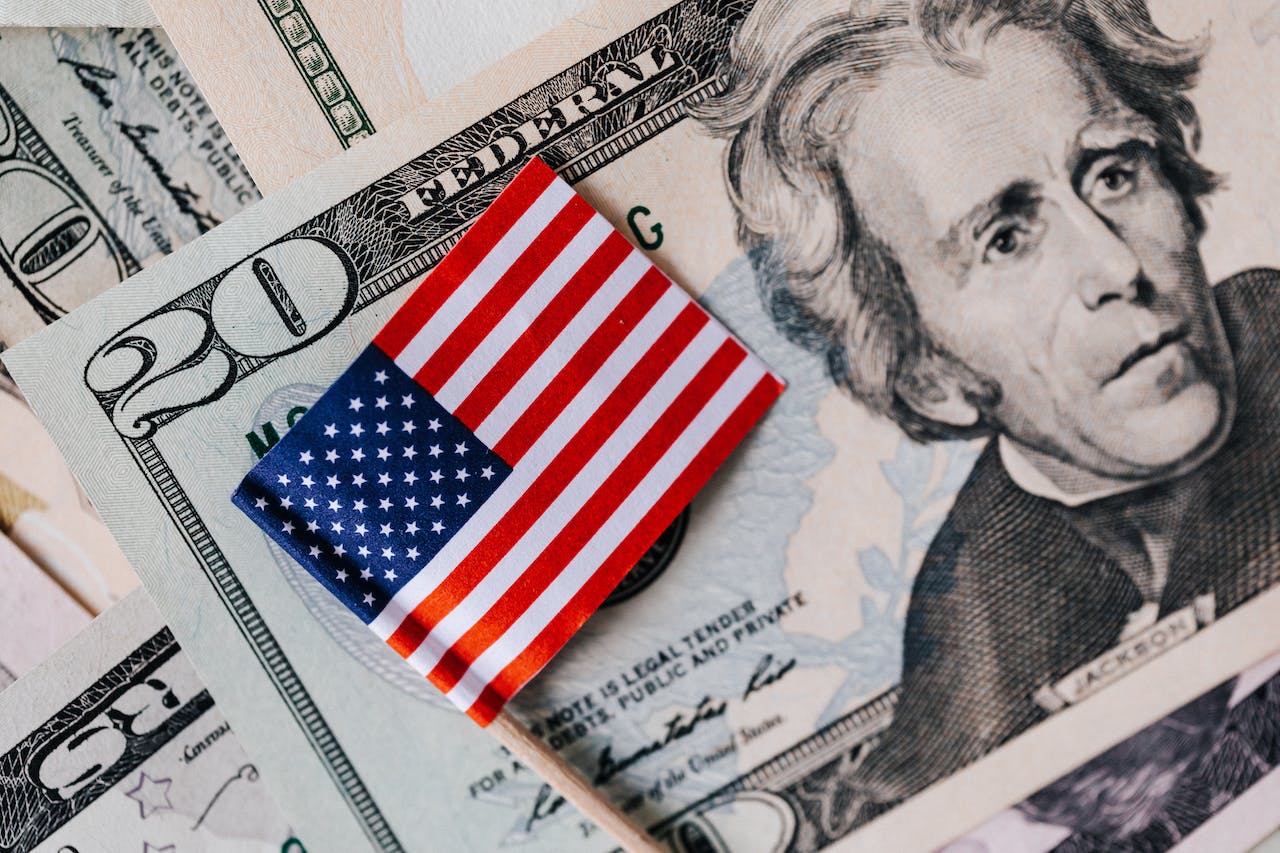In a unanimous accord, Federal Reserve officials expressed a shared sentiment that the central bank should “proceed carefully” in its future interest rate decisions, as revealed by the minutes from the Oct. 31-Nov. 1 meeting, released on Wednesday. The consensus among the participants was that the Committee was well-positioned to navigate a cautious approach, with policy decisions at each meeting grounded in a comprehensive assessment of incoming information and its implications for the economic outlook and risk balance.
Emphasizing the importance of progress toward the Fed’s 2% inflation target, officials acknowledged that further rate hikes might be warranted if incoming data indicated insufficient advancement. The outcome of the meeting was the maintenance of unchanged interest rates within a range of 5.25%-5.50%, a level not witnessed in 22 years.
Members of the Federal Open Market Committee (FOMC) anticipated that forthcoming data in the coming months would shed light on the trajectory of inflation and the impact of higher rates and stricter financial and credit conditions on demand. The minutes underscored a collective judgment that maintaining a restrictive policy stance until inflation definitively moves downward in line with the Committee’s objectives would be appropriate for some time.
Highlighting potential risks to inflation, officials expressed concerns about the persistence of inflation beyond expectations or the emergence of additional adverse shocks to supply conditions. The minutes indicated that the Federal Reserve is closely monitoring the surge in long-term bond yields and assessing whether they can be sustained at elevated levels, effectively functioning as a mechanism for higher rates.
In the weeks leading up to the Nov. 1 policy announcement, Treasury yields experienced a significant uptick, with the 10-year yield reaching its highest point since 2007 in late October. However, the minutes acknowledged the uncertainty regarding the enduring nature of this tightening of financial conditions and its correlation with expectations for a more stringent policy.
Post-meeting, Fed Chair Jerome Powell affirmed that monetary policy is in “restrictive territory,” exerting downward pressure on inflation. Nevertheless, he underscored the central bank’s readiness to implement further interest rate hikes if deemed appropriate. Powell’s remarks were delivered in a speech before the International Monetary Fund in Washington on Nov. 9.
Despite strong growth in the third quarter, some officials remain unconvinced that inflation will decline toward the Fed’s target without additional rate hikes. Notably, Fed Governor Michelle Bowman and Minneapolis Fed President Neel Kashkari, known as hawks, have advocated for the possibility of further tightening. Conversely, others, including Philadelphia Federal Reserve President Patrick Harker and Atlanta Fed President Raphael Bostic, are content with maintaining steady rates, citing progress in curbing inflation.
Recent inflation data exhibited ongoing progress, with the October Consumer Price Index indicating a 4% increase on a “core” basis over the previous year, a slight decline from September’s 4.1%. Nevertheless, this rate remains double the Fed’s inflation target of 2%.
In conclusion, as the Federal Reserve carefully navigates economic indicators and potential risks, the path forward hinges on prudent consideration in shaping future interest rate decisions. While investors generally do not anticipate additional hikes, a majority of the rate-setting committee had penciled in one more rate hike for the year in their September forecasts. As the December policy meeting approaches, officials will reevaluate and provide fresh estimates for the trajectory of interest rates.
Source: Yahoo Finance



